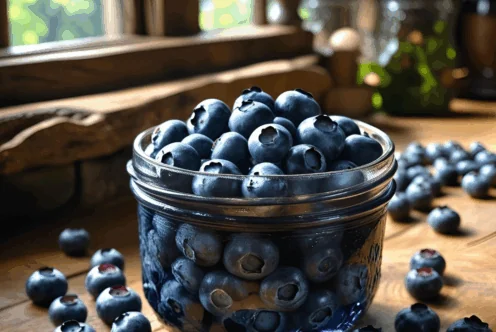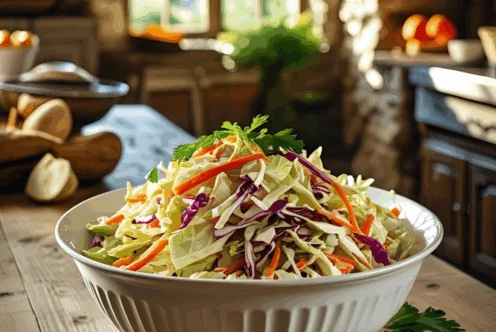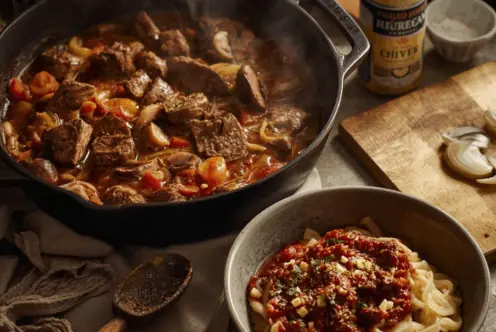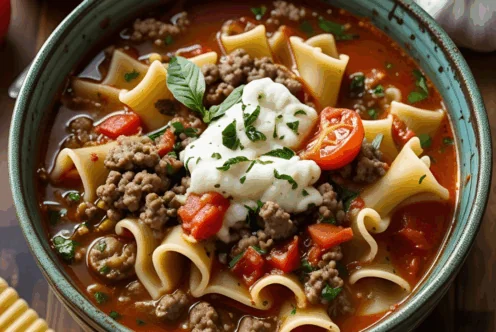Blog
Nutrient Density and Why You Need It
By Ashley TenBrink, Recent Arizona State University Nutrition Student
Have you ever wondered why you should eat whole foods instead of highly processed foods?
Two words- Nutrient density.
I want you to picture a boxing ring. Standing in the right corner, weighing in with optimum nutrient density is ‘The Apple!’ With perfect natural balance, it has almost everything a body needs. Apples are full of nutrients, fiber, water, vitamins, minerals, antioxidants, enzymes, and electrolytes.

Standing in the left corner of the ring is the ‘Food Imposter – Processed Apple Juice.’ Coming in under the pretense of being good for you, this concoction isn’t what it is made out to be! However, this opponent shouldn’t be underestimated, because it has already undergone a lot to make it to the ring.
A quick backstory:
Apple juice once started in its real form, as an apple, until its fiber filled peel was removed, stripping away its antioxidant power. Then it was mashed down and pressed so that only its inner juice remained. After being stripped down to a concentrate, preservatives, coloring, tap water, and sugar were poured back in. So basically, the once nutritious apple became glorified sugar water.
Whole food exists in its most basic form, without all the extras.
Nutrient density is the reason why people should always seek to fuel their body with whole foods and not highly processed food imposters.
Nutrient density is defined as the amount of nutrient value (including vitamins, minerals, and fiber) divided by the energy content (number of kilocalories).
For instance, a glass of soda is high in calories but low in nutrient value. Fresh spinach, on the other hand, is a nutrient dense food, because its nutritional value is high while the amount of calories in spinach is relatively low.
In other words, if you choose to eat nutrient dense foods, you will get more bang for your buck, nutritionally speaking. Simply put, you will be eating FEWER calories but getting MORE nutrients. You need calories to survive, and calories from the right foods will make your brain and body work at an optimum level.
To continue this conversation about great food and learn about the farmers and ranchers who produce it, visit Arizona Farm Bureau’s Fill Your Plate Blog by visiting www.fillyourplate.org!

















